From science writer Jess Cockerill at Science Alert, we learn what the “head” pattern on the hind wing pattern of many butterflies might be doing:
Butterfly wings aren’t very good eating: it’s the juicy, nutrient-rich body that predators are after. But the ‘false heads’ seen at the tail-end of more than 900 different species of lycaenid butterflies leave many a predator with a mouth full of dusty hindwing scales, and the bitter aftertaste of deception.
“Many Butterflies Have a Second ‘Head’ – This Could Be Why,” July 21, 2025
(This butterfly may not be a lycaenid but it offers a good example of a false “head” on the hind wings.)
In their Abstract, the researchers note that false heads typically consist of specific elements:
Using a phylogenetic framework with 928 lycaenid species, our results illustrate evolutionary patterns of five false traits: (i) false antennae; (ii) spot; (iii) conspicuous colouration in the false head area; (iv) false head contour in the false head area; and (v) convergent lines. We found that false traits (i)–(iv) evolved in a correlated fashion across the phylogeny, likely driven by a common selective pressure. Our findings support the idea that a false head functions as an adaptive constellation for predator attack deflection.
Yumnam Tarunkishwor and Kodandaramaiah Ullasa 2025 Correlated evolution of multiple traits gives butterflies a false head Proc. R. Soc. B.2922025090020250900 http://doi.org/10.1098/rspb.2025.0900
But the False Head Butterflies Are Not Even the Most Spectacular Mimics
Consider a more spectacular mimic, the dead leaf butterfly:
There are, of course, walking leaf insects, walking stick insects, and even dung spiders as well, to name a few other mimics. And there are plants that try to look like animals too; orchids that look like animal life forms are often reported.
Can There Be Believable Mimics Without Direction or Foresight?
The usual explanation we hear is that the butterflies, spiders, plants, etc., “evolved this way in order to” survive predators. But that explanation skates over a critical problem.
Some projects cannot succeed without direction and foresight because only a successful example works at all. Consider, for example, a spacecraft:
Where are the gigantic piles of failed, exploded rockets?
Those piles don’t exist because preplanning and foresight limits failures to a few misfortunes.
If unlimited time and resources were available to produce any number of slightly different rockets, could chance alone eventually produce the one with the needed precision? Even if unlimited time and resources were available, chance alone faces a hard limit: It might require a timespan that exceeds the life of the planet. So back to the ol’ drawing board.
The Five Percent Solution
There has been an active controversy around the development of the human eye for centuries. Could something like the eye evolve purely by chance? Darwinians are quick to say yes, of course, because they believe that everything evolved that way, not by design:
Here’s how some scientists think some eyes may have evolved: The simple light-sensitive spot on the skin of some ancestral creature gave it some tiny survival advantage, perhaps allowing it to evade a predator. Random changes then created a depression in the light-sensitive patch, a deepening pit that made “vision” a little sharper. At the same time, the pit’s opening gradually narrowed, so light entered through a small aperture, like a pinhole camera.
Every change had to confer a survival advantage, no matter how slight. Eventually, the light-sensitive spot evolved into a retina, the layer of cells and pigment at the back of the human eye. Over time a lens formed at the front of the eye. It could have arisen as a double-layered transparent tissue containing increasing amounts of liquid that gave it the convex curvature of the human eye.
“Evolution of the Eye,” PBS, 2001
I call this the “five percent solution” because of a question asked in the article at PBS above, “What good is five percent of an eye?” And a reasonable answer is: Some good. Even a light-sensitive spot is better than no vision at all.
But Now What about the Five Percent Problem?
The dead leaf butterfly’s challenge — to take one example — is quite different from the one a blind worm faces. The blind worm is better off with five percent of visual information, as opposed to none at all.
But a method of deception that is only five percent persuasive is not a first step on a road to a solution. Looking only five per cent like a dead leaf would likely prove fatal to the insect that relied on it. The false head butterfly would face the same problem: If the wing spots looked only a bit like a head for aeons, the gradually evolving insect would need a different method of self-protection for quite a long time. And, under the circumstances, why would either the dead leaf or false head mimicry continue to evolve?
There really isn’t an adequate answer to this problem because Darwinian evolution is not thought to show foresight. The usual response has been to Cancel the question instead. That submerges the question but doesn’t make it go away.









































